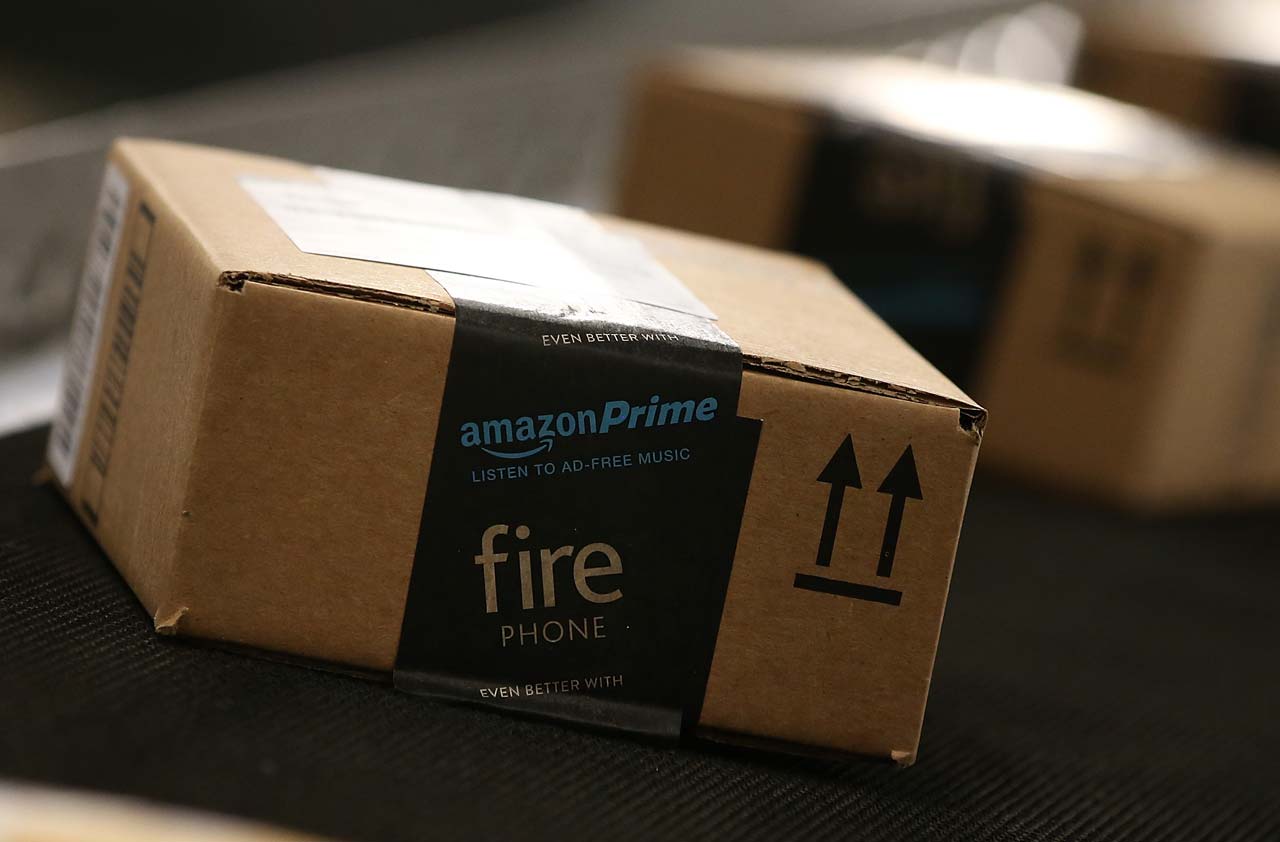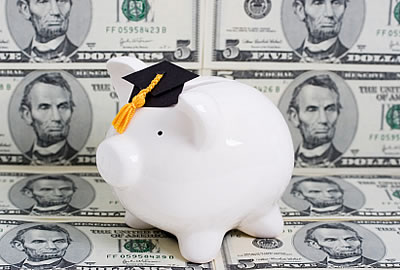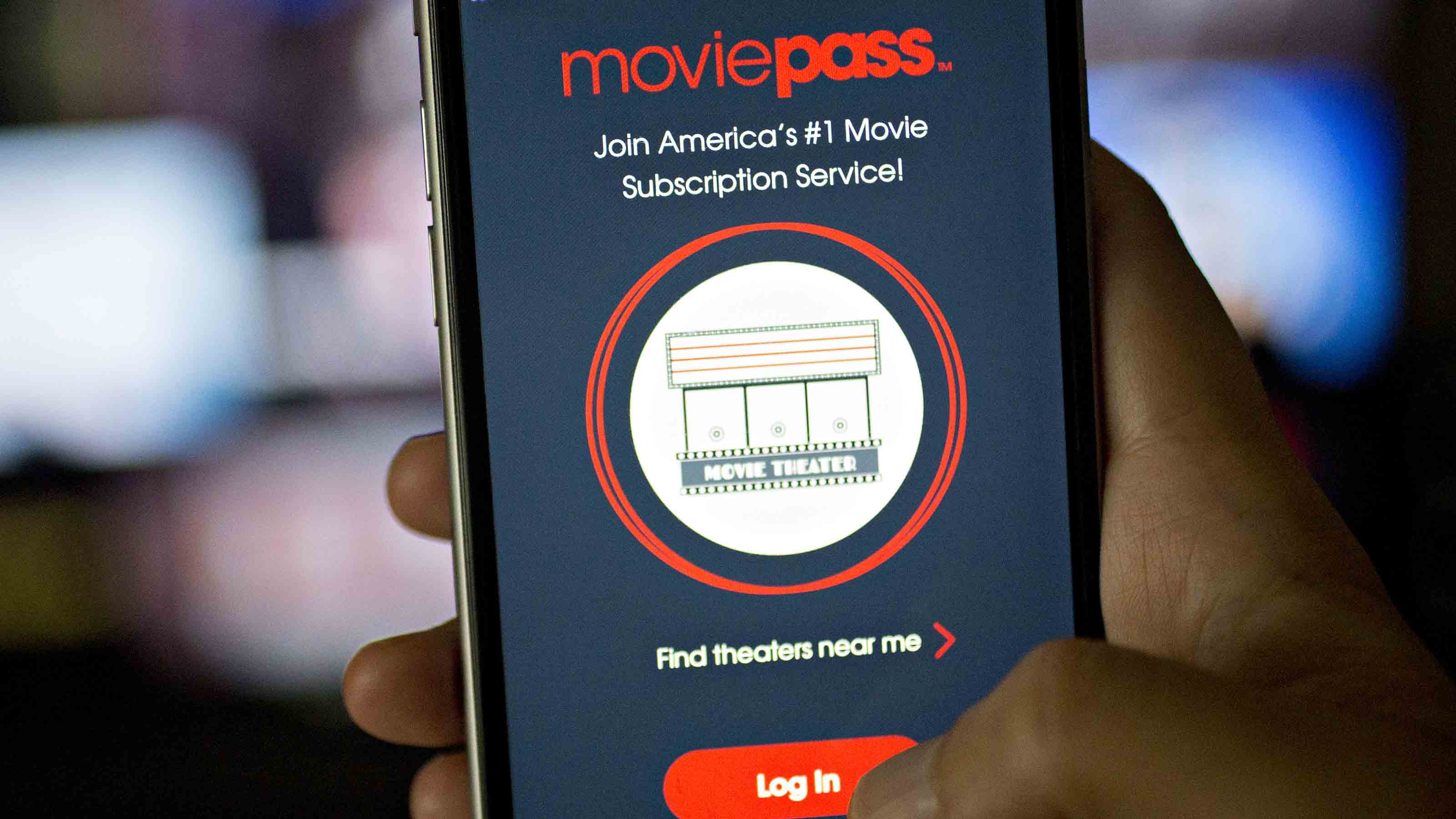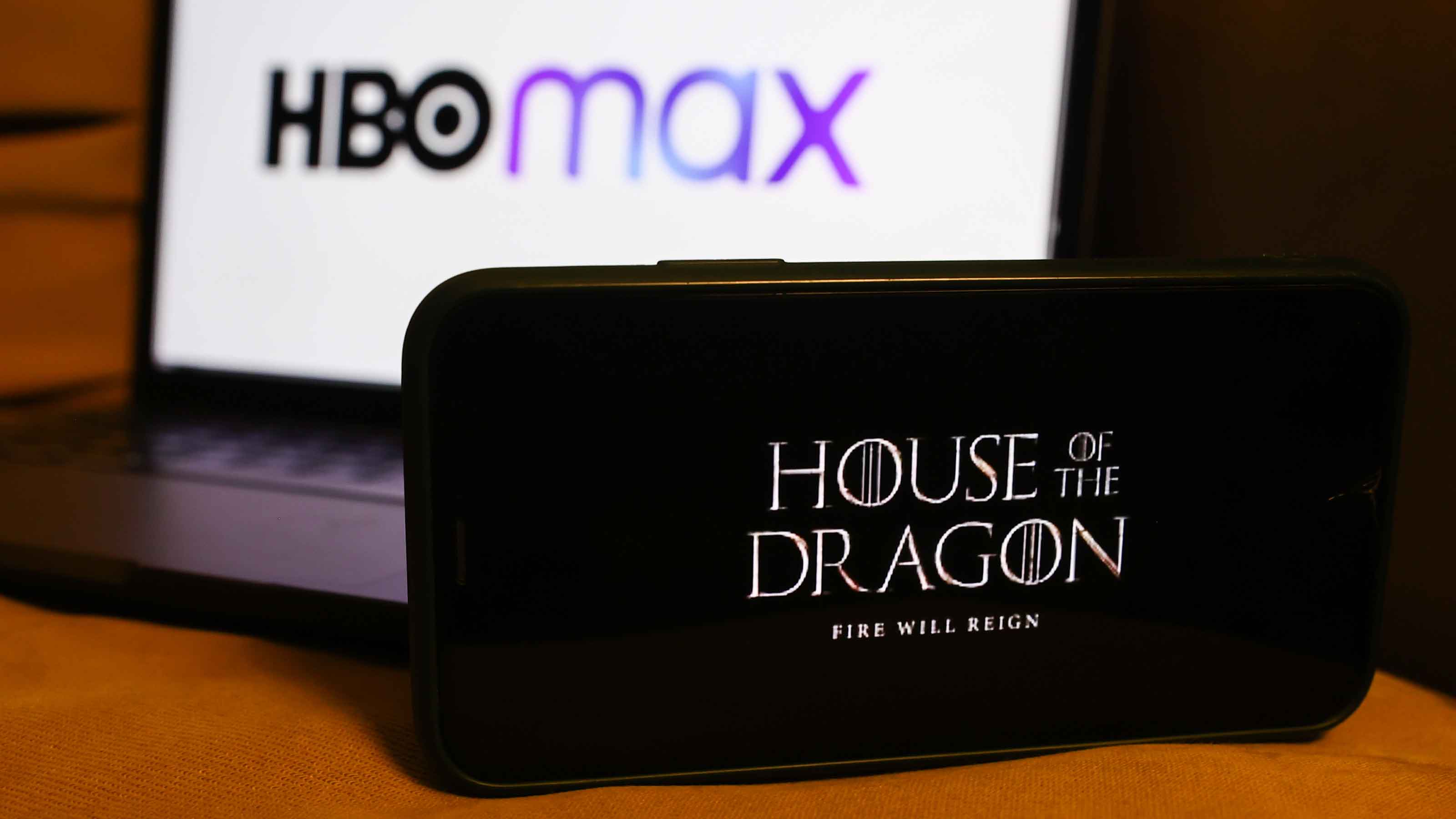5 Ways to Save Without Looking Like a Cheapskate
Shoppers don't have to sacrifice quality or appear as if you'll do anything for a discount if you use these strategies.

I’m all for saving money. That’s the purpose of this column, after all. But I know that even most thrifty people don’t want to look like they are cheap. And it's not just about appearances. Doing anything to save a buck can backfire if you’re buying shoddy products solely because they cost the least. They won’t last, and you’ll have to buy more. That’s not saving money – it’s wasting money.
TAKE OUR QUIZ: Bargain or Trap?
So how do you save money without looking cheap – or actually being cheap? Try these five strategies:
Save at the supermarket without a giant stack of paper coupons. Surely, you’ve been stuck behind someone at the grocery checkout who is holding up the line as she fumbles to find all of her coupons. You know that you, too, should be taking advantage of coupons to save money, but you don’t want to be “that lady.” Good news: You don’t have to clip and collect paper coupons to use them. Many supermarkets’ Web sites and apps let you load coupons directly to your loyalty card. And some supermarket apps have personalized deals that can be claimed by linking your loyalty card to the app and clicking on the deals to add them to your card. Or you could use other strategies to keep the cost of groceries under control. Try these 10 ways to save without coupons.

Sign up for Kiplinger’s Free E-Newsletters
Profit and prosper with the best of expert advice on investing, taxes, retirement, personal finance and more - straight to your e-mail.
Profit and prosper with the best of expert advice - straight to your e-mail.
Time purchases right to get discounts without haggling. Negotiating the price of a product or service often is a great way to get a discount. But if haggling makes you feel like a cheapskate, you can save money instead by timing your purchases right. The payoff from using this strategy will be especially big when you buy big-ticket items. For example, you can save 30% or more on laptop computers just by waiting until back-to-school sales in August and September to make a purchase. Learn more about the best times to buy big-ticket items.
Buy high-quality used products instead of low-quality new ones. Low-quality products, even when brand new, often look cheap. Plus, if they aren’t well made, you’ll have to replace them often – which will erase any savings you might have scored. If higher quality products are out of your price range, though, consider buying pre-owned items to save 50% or more off the original retail price. See 12 Things to Buy Used to learn more about the benefits of purchasing pre-owned products. A good example is quality furniture, which can be purchased second-hand at estate sales and consignment shops. And here are eight things you should buy used for kids so you don’t have to sacrifice quality to save money.
Shop online. You don’t have to feel self-conscious about using coupons, comparing prices or buying only what’s on clearance when you shop online. Plus, the Internet often makes it easier to save money on your purchases. There are Web sites that can help you compare prices and find the best deals. There are sites you can use to find coupon codes to enter at checkout to score instant discounts. And there are even sites that allow you to earn cash back on purchases.
Use the right credit card. Don’t get the wrong idea: I’m not suggesting that you use a credit card as a status symbol. However, the right card can help you save money (as long as you’re not carrying a high balance from month to month). If you don’t want to wait for an item to be marked down and use your credit card to purchase it at full retail price, your card might pay you back the difference if it later goes on sale. For example, Citi cardholders who register purchases they make with their cards will receive the difference in price if Citi finds the same item for less within 60 days of purchase. Discover will refund the difference up to $500 if you find a lower price within 90 days; MasterCard will reimburse cardholders who find a lower price on an item within 60 days of purchase.
Get Kiplinger Today newsletter — free
Profit and prosper with the best of Kiplinger's advice on investing, taxes, retirement, personal finance and much more. Delivered daily. Enter your email in the box and click Sign Me Up.

Award-winning journalist, speaker, family finance expert, and author of Mom and Dad, We Need to Talk.
Cameron Huddleston wrote the daily "Kip Tips" column for Kiplinger.com. She joined Kiplinger in 2001 after graduating from American University with an MA in economic journalism.
-
 Before You Invest Like a Politician, Consider This Dilemma
Before You Invest Like a Politician, Consider This DilemmaAs apps that track congressional stock trading become more popular, investors need to take into consideration some caveats.
By Ryan K. Snover, Investment Adviser Representative
-
 How to Put Together Your Personal Net Worth Statement
How to Put Together Your Personal Net Worth StatementNow that tax season is over for most of us, it's the perfect time to organize your assets and liabilities to assess your financial wellness.
By Denise McClain, JD, CPA
-
 Five Reasons You Shouldn't Shop on Amazon Prime Day
Five Reasons You Shouldn't Shop on Amazon Prime DaySmart Buying Think twice before getting lured into buying a bunch of stuff you don't need just because it's on sale.
By Andrea Browne Taylor
-
 Five Ways to Save on Vacation Rental Properties
Five Ways to Save on Vacation Rental PropertiesTravel Use these strategies to pay less for an apartment, condo or house when you travel.
By Cameron Huddleston
-
 How to Avoid Annoying Hotel Fees: Per Person, Parking and More
How to Avoid Annoying Hotel Fees: Per Person, Parking and MoreTravel Here's how to avoid extra charges and make sure you don't get stuck paying for amenities that you don't use.
By Cameron Huddleston
-
 Best Cash Back Credit Cards of 2025
Best Cash Back Credit Cards of 2025Credit Cards If you're searching for a credit card that rewards you for everyday purchases, we've chosen the best.
By Ellen B. Kennedy
-
 How to Spend $1,000: Find Cheap (or Free) Online Courses to Build Career Skills
How to Spend $1,000: Find Cheap (or Free) Online Courses to Build Career SkillsSmart Buying There's a huge array of skill-building online courses that can level up your career for under $1,000.
By Kim Clark
-
 MoviePass is Relaunching. Should You Sign Up?
MoviePass is Relaunching. Should You Sign Up?Smart Buying The subscription discount movie card company has a checkered past and an army of disillusioned former cardholders. If you want to try the reboot, you’ll need to hurry.
By Bob Niedt
-
 HBO Max Is Offering Huge Discounts
HBO Max Is Offering Huge DiscountsSmart Buying Looking for a streaming service deal? Warner Bros. Discovery is cutting the price of HBO Max.
By Bob Niedt
-
 Are You Streaming Too Much? What the Discovery+/HBO Max Mashup Means
Are You Streaming Too Much? What the Discovery+/HBO Max Mashup MeansSmart Buying Fewer original scripted series? Maybe. And maybe it’s time to unsubscribe.
By Bob Niedt